Game Review: Dead of Winter from Plaid Hat Games
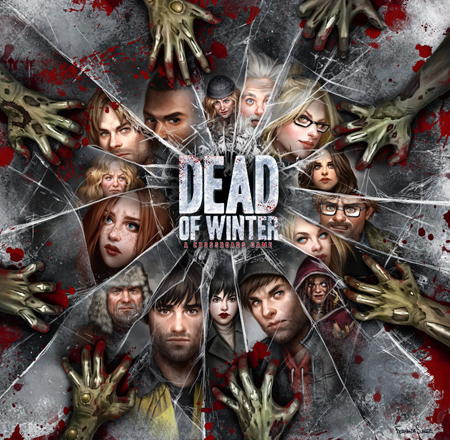 Color me rotting-flesh green and call me thunderstruck. I believe I’ve been playing the best board game in my thirty years of dice rolling this week: the Plaid Hat Games survival horror magnificence that is Dead of Winter.
Color me rotting-flesh green and call me thunderstruck. I believe I’ve been playing the best board game in my thirty years of dice rolling this week: the Plaid Hat Games survival horror magnificence that is Dead of Winter.
Ron Burgundy “That’s No Lie” seal of approval. I know I often write here with tongue probing my cheek, but this time I’m undeadly serious. Maybe it was just the subject matter, or how dark the game can get as desperation builds, but I found it my most enjoyable gaming session in memory.
I’m not just trying to squeeze in another gore-dripped Zombie-related post before Halloween, either. I was perfectly willing to let my one sad little movie post for the month be my fall contribution, but honestly, this game has taken over my brain like a Venusian virus brought back to Earth and I must write about it.
Like tabletop gaming with friends? Like Zombies? If either of these conditions = TRUE, you can read through all my blah blah questionable-humor blah blah blah, or you can get off the Internet, utilize your preferred mode of transport (I don’t care about your hair, that’s why God created baseball hats), go to your Friendly Local Game Store and grab this jewel so you can read the rules and play it over the course of Halloween all the more quickly.
You’re welcome.
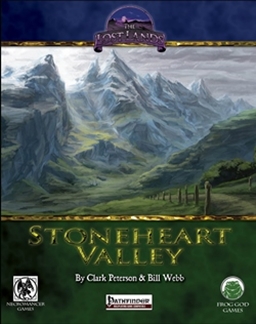

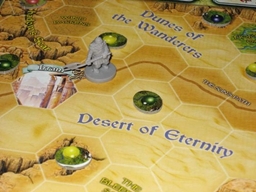
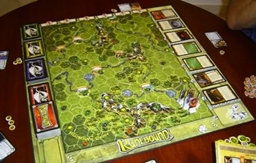
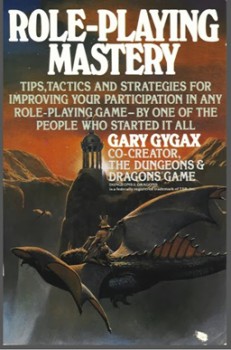
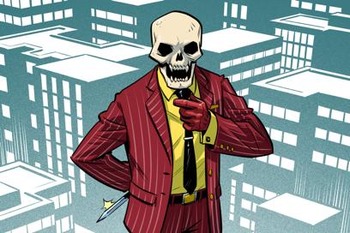
 Several years ago, I published my first ever roleplaying game supplement, a 200-page softback for the Starblazer Adventures RPG, using the Fate 3rd edition rules. Black Gate‘s very own Howard Andrew Jones reviewed it
Several years ago, I published my first ever roleplaying game supplement, a 200-page softback for the Starblazer Adventures RPG, using the Fate 3rd edition rules. Black Gate‘s very own Howard Andrew Jones reviewed it 
